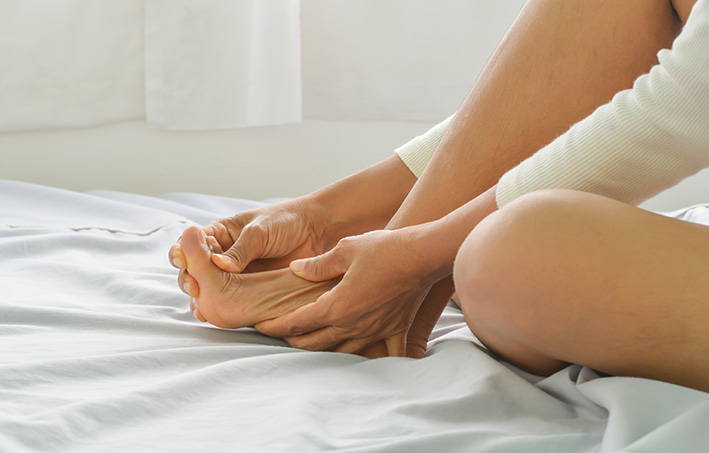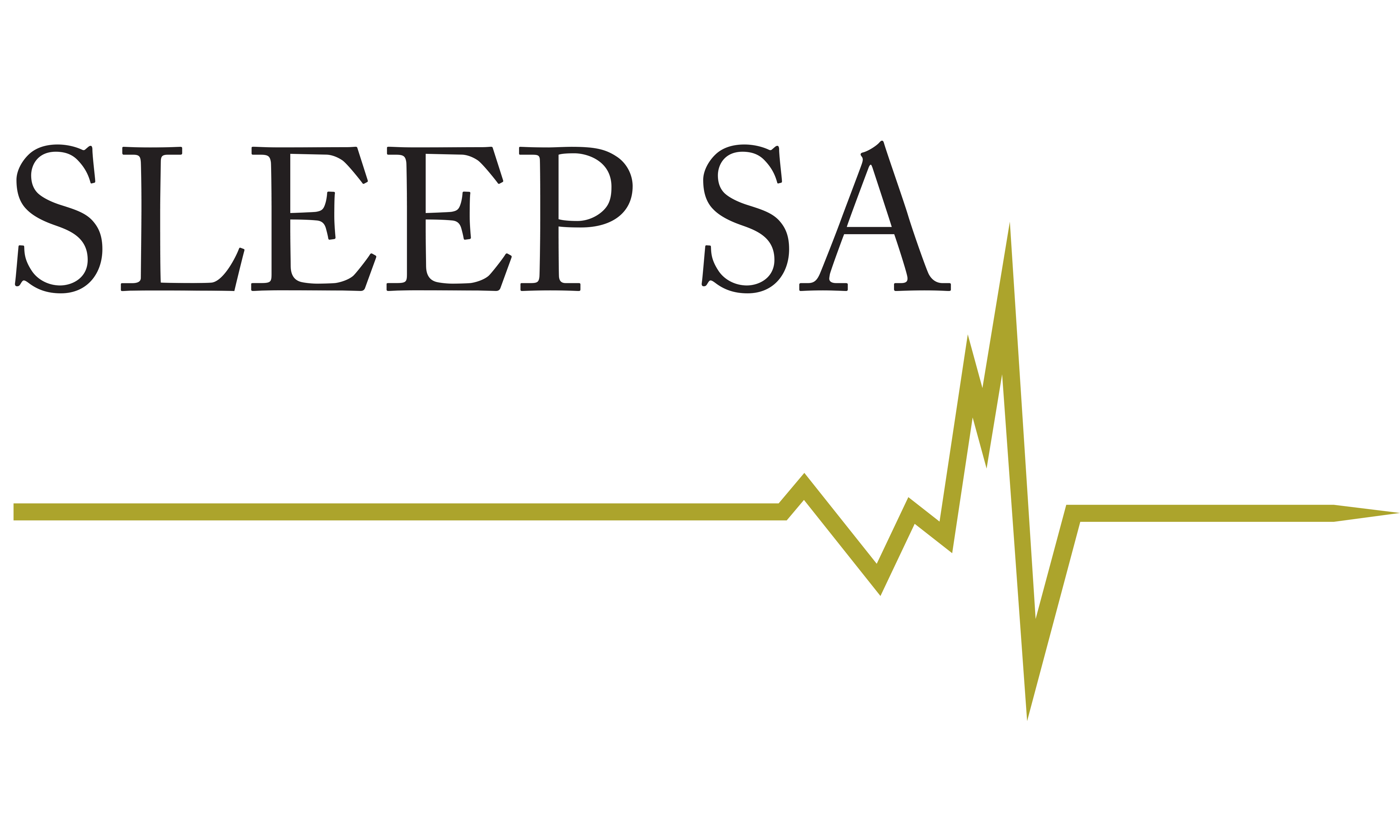What is RLS & PLM's?
Restless Legs Syndrome (RLS) is a sleep disorder in which a person experiences unpleasant sensations in the legs described as creeping, crawling, tingling, pulling, or painful. These sensations usually occur in the calf area but may be felt anywhere from the thigh to the ankle. One or both legs may be affected; for some people, the sensations are also felt in the arms. These sensations occur when the person with RLS lies down or sits for prolonged periods of time, such as at a desk, riding in a car, or watching a movie. People with RLS describe an irresistible urge to move the legs when the sensations occur. Usually, moving the legs, walking, rubbing or massaging the legs, or doing knee bends can bring relief, at least briefly. RLS symptoms worsen during periods of relaxation and decreased activity. RLS symptoms also tend to follow a set daily cycle, with the evening and night hours being more troublesome for RLS sufferers than the morning hours. People with RLS may find it difficult to relax and fall asleep because of their strong urge to walk or do other activities to relieve the sensations in their legs. Persons with RLS often sleep best toward the end of the night or during the morning hours. Because of less sleep at night, people with RLS may feel sleepy during the day on an occasional or regular basis. The severity of symptoms varies from night to night and over the years as well. For some individuals, there may be periods when RLS does not cause problems, but the symptoms usually return. Other people may experience severe symptoms daily.
Many people with RLS also have a related sleep disorder called periodic limb movements in sleep (PLMS). PLMS is characterized by involuntary jerking or bending leg movements during sleep, typically occuing every 10 to 60 seconds. Some people may experience hundreds of such movements per night, which can wake them, disturb their sleep, and awaken bed partners. People who have RLS and PLMS have trouble both falling asleep and staying asleepand may experience extreme sleepiness during the day. As a result of problems both in sleeping and while awake, people with RLS may have difficulties with their job, social life, and recreational activities.

Causes of RLS
Although the cause is unknown in most cases, certain factors may be associated with RLS:
- Family history – RLS is known to run in some families—parents may pass the condition on to their children.
- Pregnancy – Some women experience RLS during pregnancy, especially in the last months. The symptoms usually disappear after delivery.
- Low iron levels or Anemia – Persons with these conditions may be prone to developing RLS. The symptoms may improve once the iron level or Anemia is corrected.
- Chronic diseases – Kidney failure quite often leads to RLS. Other chronic diseases such as diabetes, rheumatoid arthritis, and peripheral neuropathy may also be associated with RLS.
- Caffeine intake. Decreasing caffeine consumption may improve symptoms.
How is it treated?
In mild cases of RLS, some people find that activities such as taking a hot bath, massaging the legs, using a heating pad or ice pack, exercising, and eliminating caffeine help alleviate symptoms. In more severe cases, medications are prescribed to control symptoms. Unfortunately, no one drug is effective for everyone with RLS. Individuals respond differently to medications based on the severity of symptoms, other medical conditions, and other medications being taken. A medication that is initially found to be effective may lose its effectiveness with nightly use; thus, it may be necessary to alternate between different categories of medication in order to keep symptoms under control.
If you believe that you have a sleep disorder such as RLS or PLMS, make an appointment to see your General Practitioner, who may refer you to Sleep SA for a sleep study.
